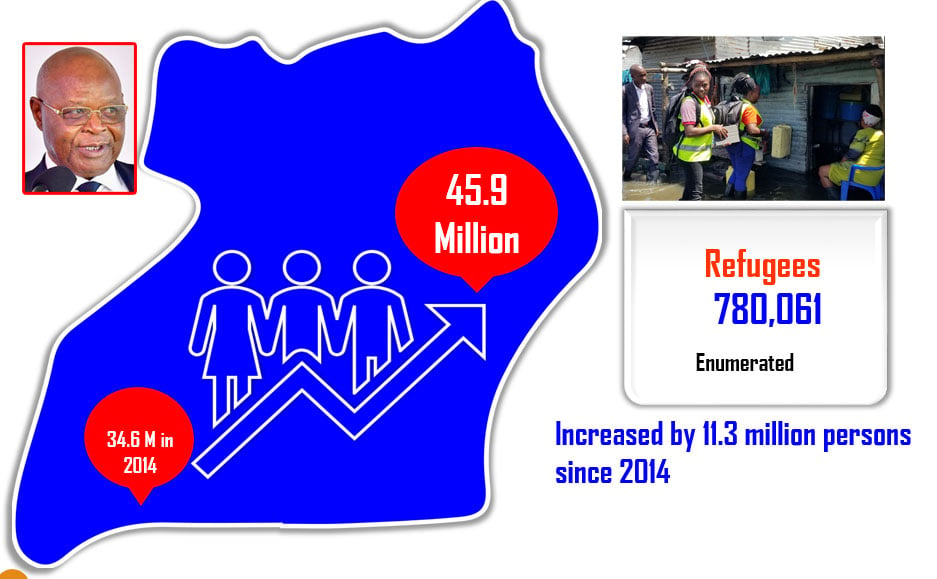Prime
Choosing the right curtains

Curtains in the Biplous showroom in Kampala recently. The right curtain for your room depends on purpose and different features. Photos by Charlotte Ninsiima
What you need to know:
Are you thinking of buying curtains but not sure about the right curtains for your room? Find out what you need to look out for before investing your money in the wrong curtains.
Every living room presents an atmosphere of warmth, an epic of beauty, an amplitude of memories and anecdote of culture. Curtains are a must accessory that give a duo solution to privacy and beauty. Designed in multiple prints, fabric and colour, curtains speak to others about one’s taste and preference. They are a dressing to your living room.
Rita Rwakakamba, Interior designer at Crystal Interiors Limited, shares tips one needs to consider while buying curtains.
Shades and patterns
First of all, take into consideration the interior walls, furniture and floor finishes. Choose curtains that are either at least one shade lighter or darker than the interior walls. If your furniture is heavily patterned, consider lesser patterned fabric or even plain curtains.
Fabric
It is important to know the type of material you need because this determines how well the curtains function and drape over time. If the fabric is heavy, it may not fold well when drawn. Rwakakamba emphasises that it is good to consider the type of fabric visa vie the functionality and budgeted cost.
“Faux silk and cotton fabrics are more durable. Velvet and suede keep out the cold and block out light well and are usually preferred for hotels. Polyester fabrics are very light and sensitive to hot and dusty regions such as Uganda. For that case they need to be lined to protect them which also affects the cost of curtains, although all fabrics can be lined depending on your needs. Jacquard (jacquade) fabrics are the new invention. They are very friendly with the African weather. They block off light well, not very heavy and washable,” Rwakakamba shares.
Colour and light effects
She says: “The colour of fabric also matters. If the room is facing sunrise or sunset, it is smart to avoid bright coloured fabrics since they tend to fade faster. Dark coloured fabrics will be the best in blocking off that very bright light.”
Interior style
She adds that curtains affect the ambience of the room in a big way, so you should always think about the interior design theme before you decide on any fabric. “Simple thin sheer curtains are good for bright rooms while thick and heavy curtains are good for a formal sitting room for a luxurious ambience.
Avoid heavy curtains in small rooms; they will not only make them smaller but also instinct a stuffy and uncomfortable feeling.”
Functionality of the room
Rwakakamba says each space has its own set of requirements. For example, you cannot select the same curtain for the kitchen and bedroom, because the bedroom needs less light while the kitchen needs more light hence the type of fabric being different.
Eric Galiwango, an interior designer, Biplous Limited, says: “Floral or line designs can be used in the sitting room while plain colours in other rooms”.
Durability and affordability.
Thick fabrics have a high thread count thus being durable while thin fabrics have less thread count hence very likely to wear and tear.
Galiwango says the best way to maintain curtains is dry cleaning; it lasts longer.
Curtain style
The most common style of curtains made in Uganda are eyelet, pencil pleat and pinch pleat curtains. Eyelet style is friendly with most fabrics whether heavy or light. Pencil and pinch pleated curtains work very well with light and soft fabrics.
Length of the fabric
She further explains that some fabrics are made with a single length of 120cms and others with double fabrics of 260cms length. Those with a single length will need to buy more meters so you can join them up to cover the width and height of the window including gathers, while the double fabric already covers the height so what you buy is only the meters to cover the width of the window, including the gathers.
Types of curtains
Rwakakamba says the commonly made curtains in Uganda as Eyelet & Grommet, Pencil pleat, Pinch pleat, Valance & Pelmet and Rod pocket.
These are common because of the available curtain fittings on the market as well as maintenance is concerned. Eyelet and Pencil curtains are easy to maintain, wash and install. Other types of curtains include Tab top; also, locally known as loop curtains have a repetitive folded appearance, Box pleat - have a tailored look and drape into deep floods down to full length; tailored pleat - looks good with a substantial fabric and lining; panel pair - where a pair of curtains is fixed on a window and single panel - where only one piece of curtain is fixed on the window. These are good for French windows. Valance - this can be fixed alone or to compliment a blind), window scarf (It is a dramatic look with windows or separator doors between the living room and dining room) and sheers; these are good for living, staircase and dining areas. For purposes of security, you blind them with a liner, make them with heavily gathered pleats, select a busy patterned sheer or go for a dark coloured sheer.
Cost ranges
• Velvet, suede ranges between Shs45,000 and Shs55,000 per depending on country of origin.
• Jacquard and cotton Shs35,000 to Shs45,000.
• Polyester mixed with cotton is between Shs20,000 to Shs25,000
• Polyester fabrics is between Shs10,000 to 1Shs8,000.
• Sheers is between Shs10,000 to Shs30,000.
Curtains are measured in terms of double and single materials ranging between 3.1- 3.2 metres and 1.5 by 1 metres respectively.
Attachments
Eric Galiwango, interior designer advises that while buying curtains especially tap top and eyelet, they must have rods of different substance.




